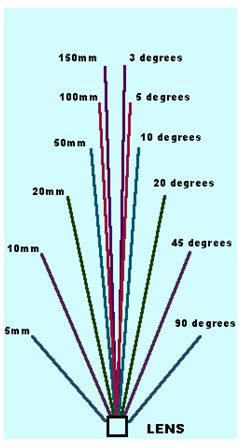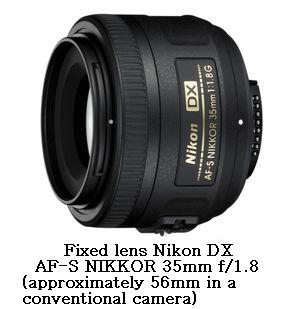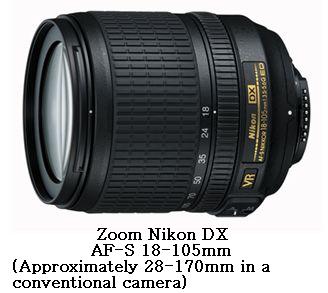Lenses (Continued)
In the image (chart) below, we show you the different focal distances and their viewing angle.

Larger format film rolls require lenses with a greater focal length to achieve the same image covering as Small format cameras. For example, a 50mm lens in a 35mm camera is almost equivalent to a 80mm lens in a 6 x 6 medium format camera.
In digital photography, focal lengths are different. For a digital camera, a 50mm lens is not normal. Why is this so? Because the size of the sensor (in the majority of digital cameras) is smaller than the size of the film (except in cameras with a "full frame" sensor, in which the sensor is the same size as a film negative). How does this affect lenses? Because the sensor is smaller, the focal length of the lens generally increases between 1.5 or 1.6. So, if I have a 200mm digital lens, the effective focal length will be approximately 310mm.
200mm x 1.55: 310mm
A 17-50mm zoom in an SRL (a film 35mm reflex camera) is approximately the equivalent of a 26-78mm zoom in a digital reflex camera (DSRL).
This can be quite confusing. As a matter of fact, it is. For this reason, the majority of magazines, photographers, etc., still refer to lenses using the film SRL cameras system.
There are 2 different types of lenses: fixed lenses and zooms. Fixed lenses have a fixed focal length: for example, 50mm. Zooms have several different focal lengths in the same lens: for example, 70-300mm. An advantage in fixed lenses is they generally have a more open diaphragm which allows us to photograph situations with little light. Another advantage is that they have a better optic quality which results in a better picture. Zooms (because they have different focal lengths) have the advantage of allowing us to shoot a scene closer or farther without actually having to move ourselves. If we were using a fixed lens, we would have to get closer to the object we are trying to photograph.


DX means it is a digital lens.
We will see the different types of lenses, their characteristics and uses.

